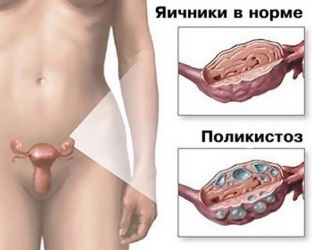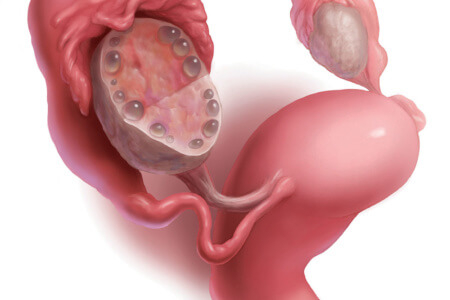Polycystic ovary syndrome – this is one of the most common gynecological pathologies that is diagnosed in women of reproductive age. The main symptom of polycystic ovary syndrome is menstrual irregularities. And since the disease in most cases develops at an early age, when the girl’s cycle has not yet been established, such manifestations may not be given much importance. But an untimely diagnosed pathology threatens the girl with the development of infertility in the future. Read more about the relationship between obesity and the development of polycystic ovary syndrome at estet-portal.com.
- what is the link between polycystic ovary syndrome and obesity
- what type of obesity accompanies polycystic ovary syndrome
- Peculiarities of treatment of polycystic
ovarian syndrome in obesity What is the link between PCOS and obesity
To date, there is no consensus regarding the etiological factors of polycystic ovary syndrome. There is still active research in this area and scientists are trying to determine why the pathology actually develops.
Follow us onInstagram! Polycystic ovary syndrome is accompanied by an increase in the production of male sex hormones, which, in turn, provokes masculinization – the appearance of masculine features in women. A fairly large percentage of women with PCOS are also obese.
Read also:Ovarian dermoid cyst: to remove or not Thanks to informative research, scientists have found that there is indeed a link between PCOS and overweight. What does it include – read on.
What type of obesity accompanies polycystic ovary syndrome

Ovarian cancer treatment: what methods are used today

patients are prescribed metformin, which reduces the severity of hyperandrogenism and increases the production of PSSH. In addition, this drug is able to restore a regular menstrual cycle, fertility and ovulation;
hirsutism in obese patients is treated with androgen receptor inhibitors or inhibitors of the conversion of testosterone to dihydrotestosterone;
- Induction of ovulation in such patients is only possible after weight loss.
- Read also:
- The most important information about polycystic ovary syndrome
More useful information on our YouTube channel:







Add a comment